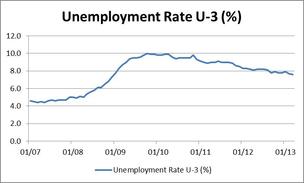- Few and poor performing IPOs of Chinese companies, both in China and in the US;
- Uncertainty about the Chinese economy;
- The rise of "copycat" companies:
- Too much capital chasing too few deals;
- China's opaque regulatory environment;
- Intellectual property issues;
- Arcane laws on foreign investment in China;
- Complex ownership structures; and
- Uncertain tax environment.
The article does point out the huge potential of the Chinese market, and indicates that both mobile and cleantech are among the promising areas in China.
Here's the link:
http://www.mercurynews.com/business/ci_23023790/venture-capitalists-rethink-big-bets-china

